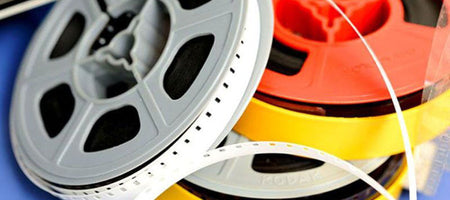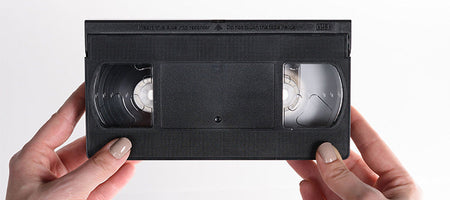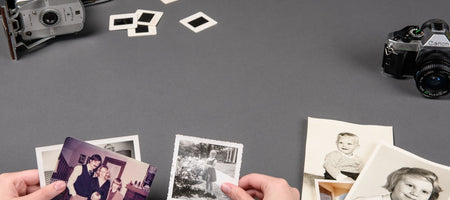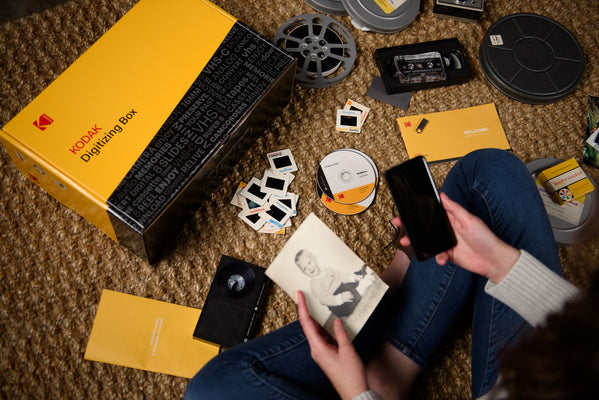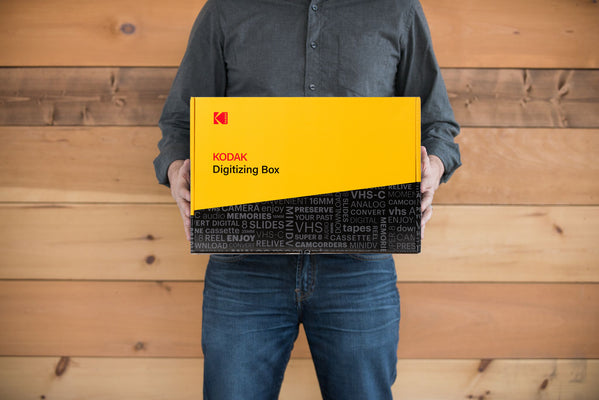Over the years film manufacturers have produced and upgraded a myriad of magnetic tape for recording, to increase the efficiency and ease of recording for filming at home.
Super 8 film was highly popular upon its release, so this might be a media type you have stored in your family memory collection.
You might even remember Mom or Dad, filming happy times in the backyard, or school plays, with one of these cameras attached to their hand!
History and Tech Specs
Released in 1965 by Eastman Kodak, Super 8 was an upgrade from traditional 8mm film. The big reveal came at the Worlds Fair and was a hit. While still considered an 8mm magnetic tape, the holes on the sides of the film were smaller. These holes, which fit in the camera and projector sprockets used to pull the film through, allowed greater area on the film itself for a better image quality. Between the larger exposure area, and the 50 feet of film per spool, the quick cartridge reload (about 2 seconds), you could record every birthday and Christmas party to your heart’s desire.
Some of the Super 8 in your collection may not include sound, as it wasn’t until 1973 that Eastman Kodak upgraded Super 8 with a larger spool, which also accommodated the recording of sound. If you’re lucky your film will have a sound like from the later versions produced by Eastman Kodak. New types of film eventually replaced Super 8 in popularity, though it made a comeback in 1980s, when it became the primary film used by MTV in their music videos. So in MTV’s stores of Super 8 film, you might just find some Madonna, Billy Idol, or Boy George.
The Super 8 has seen many iterations including the Fuji Single 8 system and Polaroid Polavision. Double Super 8 was another popular cartridge type, which includes twice the recording exposure with a 16mm film strip, and has Super 8 sprocket holes. Eastman Kodak eventually discontinued its most popular cartridge, the Kodacrhome. However, in 2019, the company released the Ektachrome cartridge. More modern Super 8 equipment can be used to easily scan the film to a digital format. So you’re a film or media buff, you might enjoy find some old Super 8 films in your collection, or even creating some yourself. Whether the recordings are archives of past memories or contemporary creations, Both 8mm and 16mm are formats regularly processed at the KODAK Digitizing Box’s state of the art digitizing facility, along with a variety of other analog media formats. Visit our “What We Digitize” page to see a full list of the processing services our expert techs can offer. The process is simple, and you can track your order all the way through our facility. Let us bring your Super 8 memories into the modern era!

